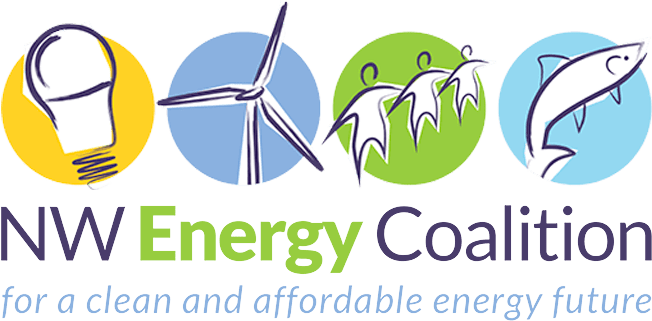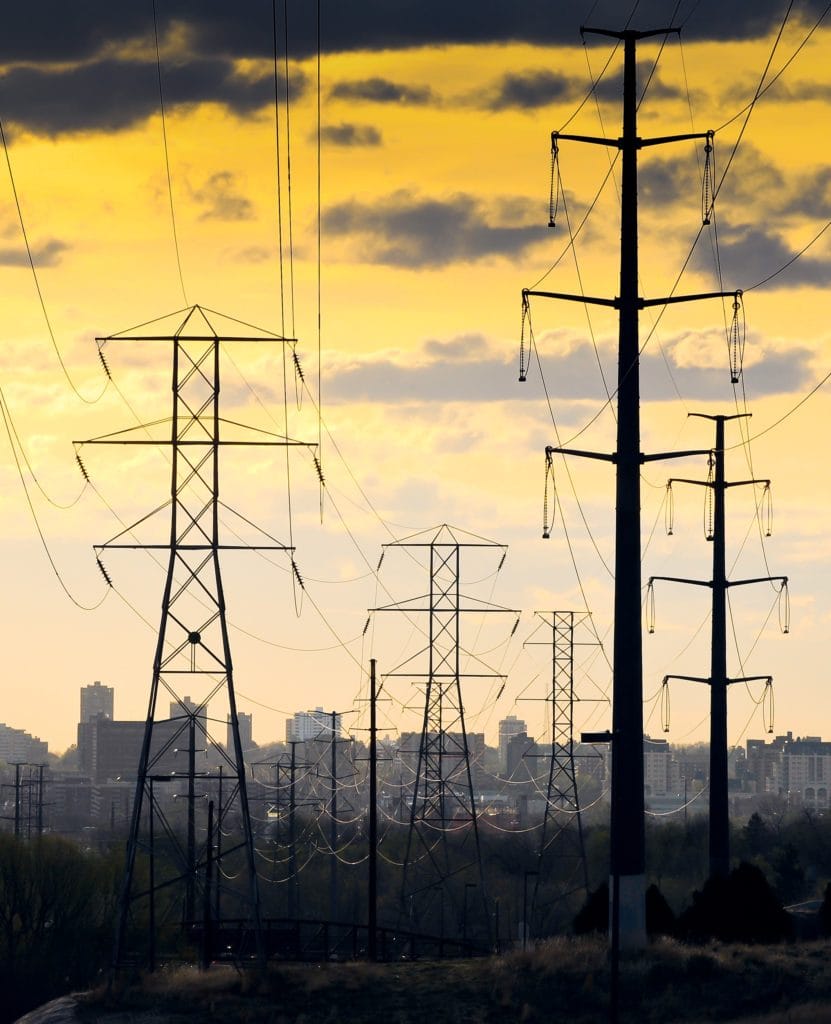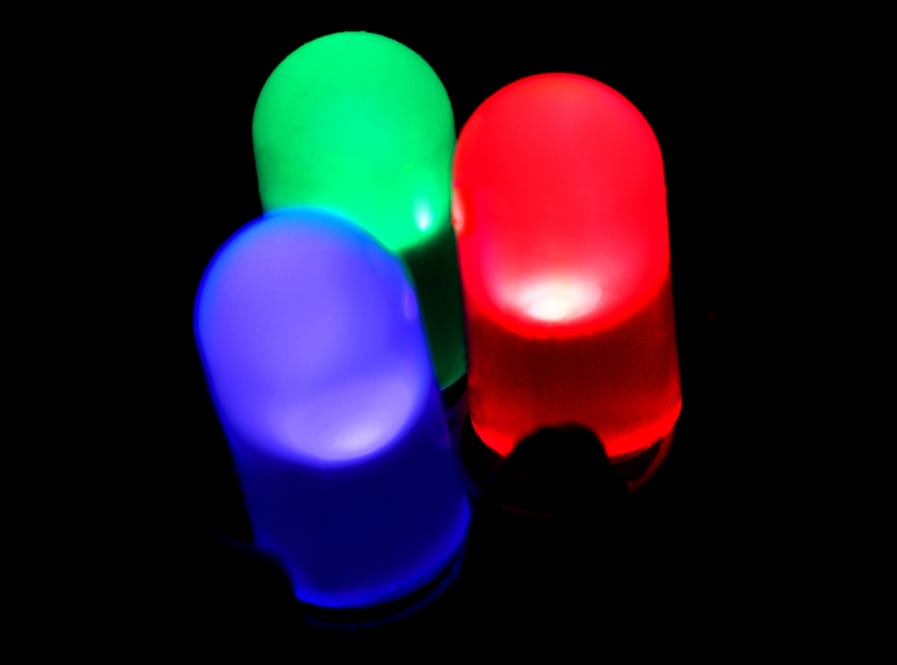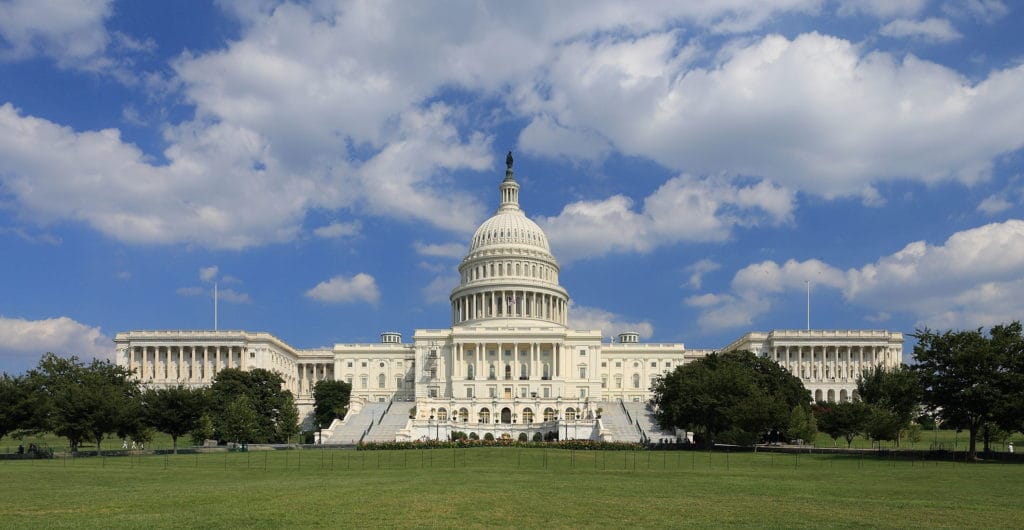Energy Efficiency
MLB.com: Safeco first MLB park to illuminate field with LED lights
The baseball stadium’s new system will reduce glare and improve the overall atmosphere. The LED lamps last over 100,000 hours, or more than 30 years, compared to about 3,000 hours for metal halide lamps. And unlike the old lights, which needed a 20-minute warmup, LED lights respond instantly when switched on. The conversion will reduce energy consumption for field lighting by 60 to 70 percent.
Appliance Standards Awarness Project blog post: New standards to improve efficiency of clothes washers in laundromats and apartments
The U.S. Department of Energy (DOE) issued new efficiency standards today that will reduce the energy and water use of commercial clothes washers, which are used in laundromats and multi-family buildings. On a national level, the new standards will save 70 trillion Btus of energy over 30 years of sales, an amount equivalent to the annual energy use of 390,000 U.S. households, and yield net present value savings for customers of $240 to $530 million.
NWEC comments on EPA Clean Power Rule
Click here to view the NW Energy Coalition’s comments on the EPA’s Clean Power Rule.
Gov. Inslee proclaims October 30 Weatherization Day in Washington State
Washington’s Weatherization Assistance Program will help many households make it through the cold weather season – and the years ahead – by adding insulation, sealing cracks, and making other improvements that reduce heat loss and save money on energy bills. The program is funded through a partnership of the U.S. Department of Energy, the Bonneville Power Administration, the U.S. Department of Health and Human Services, Washington State, and private and public utilities.
Christian Science Monitor article: Blue-light special: three scientists share Nobel for physics for work on LEDs
Three researchers, one from the United States and two from Japan, have been awarded the 2014 Nobel Prize in Physics for their roles in developing light-emitting diodes that shine blue – for decades, a Holy Grail in the field of photonics. The trio’s collective breakthroughs have spawned light bulbs that last for a decade and consume less than 20 percent of the power incandescent bulbs use to provide the same amount of light.
NWEC comments to Oregon Public Utility Commission regarding energy efficiency
NWEC Comments on UM 1622 July 24 NWEC Comments on UM 1622 September 15










